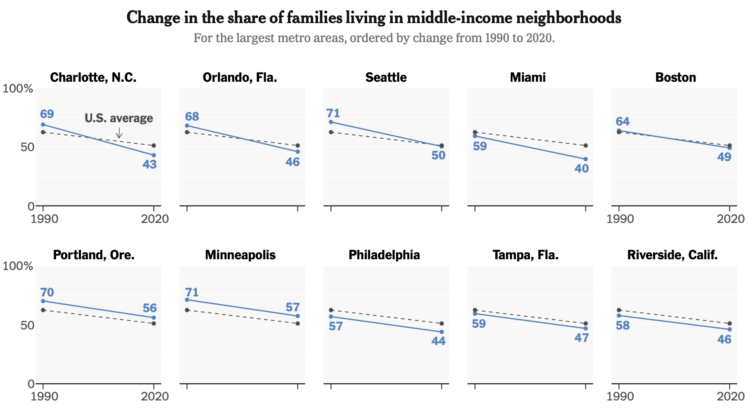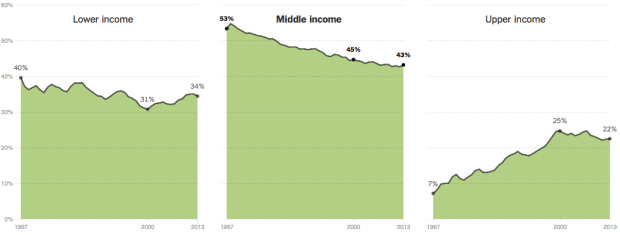What counts as middle class depends on who and where you’re asking. Even if two households, say a single-person household in Montana and a five-person in California, earn the same income, the latter probably has more expenses than the former. The Washington Post broke it down with various comparisons. Enter a ZIP Code to see where you are.
Tags: income, middle class, Washington Post



